Thu 8 Oct 2009
All In the Wrist | Ricotta Gnocchi
Posted by Bria under Gluten-free, Main Dishes, Pantry and Equipment, Side Dishes
[33] Comments
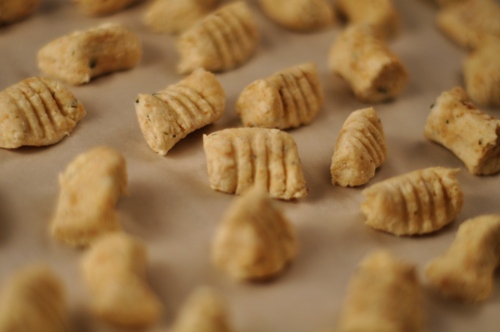
I learned to arm wrestle really, really well working at the Olive Garden. It had almost nothing to do with being a hostess there, but the arm wrestling champion of Butte, Montana taught me herself. Her name was Mary, and she was a great teacher.
The key to winning at arm wrestling, according to Mary, is two-fold. Getting the knot of forearms, hands, and elbows into a configuration that allows you to pull with your bicep is of paramount importance. Getting there quickly, to the abject shock of your opponent, is equally critical. Done correctly, you’ll leave them painfully mumbling in your dust as you swagger away, heady with the pride of your win. Though the expression is woefully time-worn, it really is all in the wrist.
For two summers and a winter break in college, I was part of the front of the house “A team” at the Olive Garden in Billings. I had applied for work at several restaurants in town, and the Olive Garden was one of my last stops because it was the furthest strip mall from my house. It shared a parking lot with Red Lobster, where I failed the 300-question personality test prior to my interview. By the time I received a Dear Bria letter informing me that my immediate future did not include reciting pithy witticisms about a menu filled with shellfish, it was the OG or nothing.
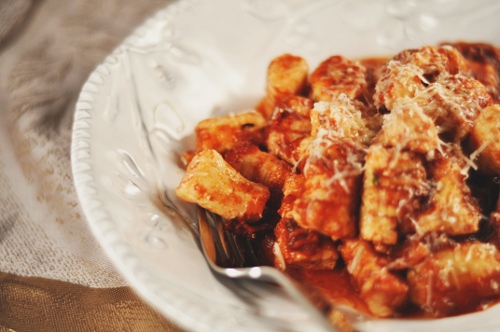
My arm wrestling lesson came around the same time gnocchi were added to the menu, during my second summer. New additions to the menu meant team meetings at the restaurant on Saturday mornings, where we put the “know your food” OG principal into practice (the other four principals being hot food hot, cold food cold, money to the bank, and clean restrooms). I don’t remember anything else from the tasting that day, nor do I really remember whether or not the gnocchi were any good. I can only recall the moment that marked what would prove to be a weeks-long process in fighting about the pronunciation of “gnocchi.” It was not, as I emphatically argued, acceptable to refer to it as “nookie.”
It’s a good thing none of us are 19 for more than, say, a year. It’s just so difficult to know Everything and struggle to communicate it to the rest of the world given a paltry allotment of only 24 hours per day. I believe Mary was neutral on the pronunciation debate, but favored some sort of object lesson that would shut me up for the sake of keeping the peace. Somewhere between hearing her credentials and that first, brutal loss, I managed to forget about the pedantry of the matter.
Today, I don’t care if you call them gnocchi, nookie, or Wondrous Pillows of Carbtastic Splendor. Just make them, and soon.
The ricotta quantity is stated in ounces, rather than cups. If you buy your ricotta, it should make a difference to you as 15 to 16 oz is a standard size. If you made whole-milk ricotta with me and are staring at a giant wad of cheese, wondering how much to use, get thee to the store and pick up a food scale. It’s an excellent way to maintain consistency and accuracy in the kitchen. Fundamental recipes are ratios based on weight, not volume, and you will open many doors for yourself with the ability to scale recipes up or down based on weight. Get one.
Regarding the bread crumbs: I cheat. If you happen to have a few slices of white sandwich bread laying around, remove the crusts and blitz them in a food processor. Toast the resulting crumbs in a 300 degree oven for 10 minutes until they are golden and use them here. Despite my bread-making proclivities, honey-oat whole wheat bread is the only kind we (almost) always have readily on hand. It doesn’t make for very good bread crumbs, so I cheat with the kind in the little cardboard can.
(Keep reading Ricotta Gnocchi…)
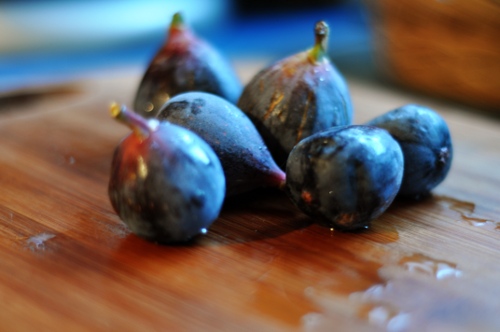
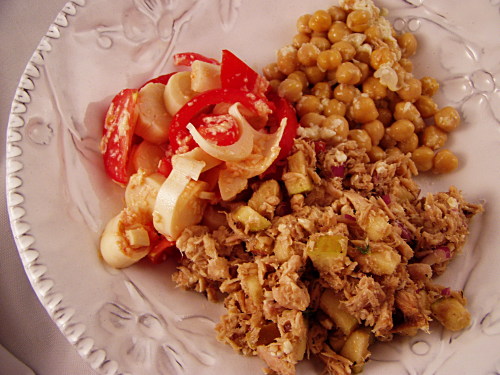

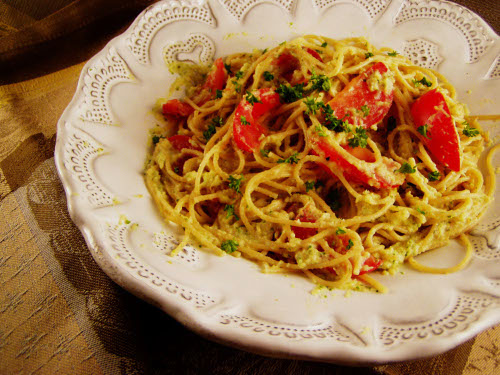
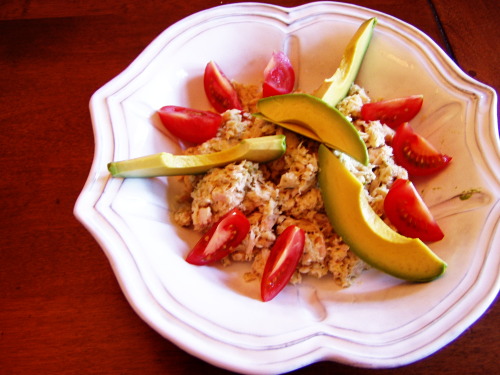
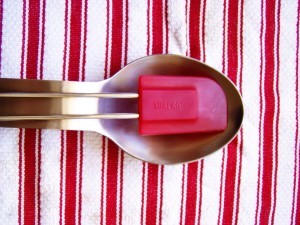 My mom gave me a set of these when I was moving into my first apartment and setting up my first kitchen. The spatula and the
My mom gave me a set of these when I was moving into my first apartment and setting up my first kitchen. The spatula and the